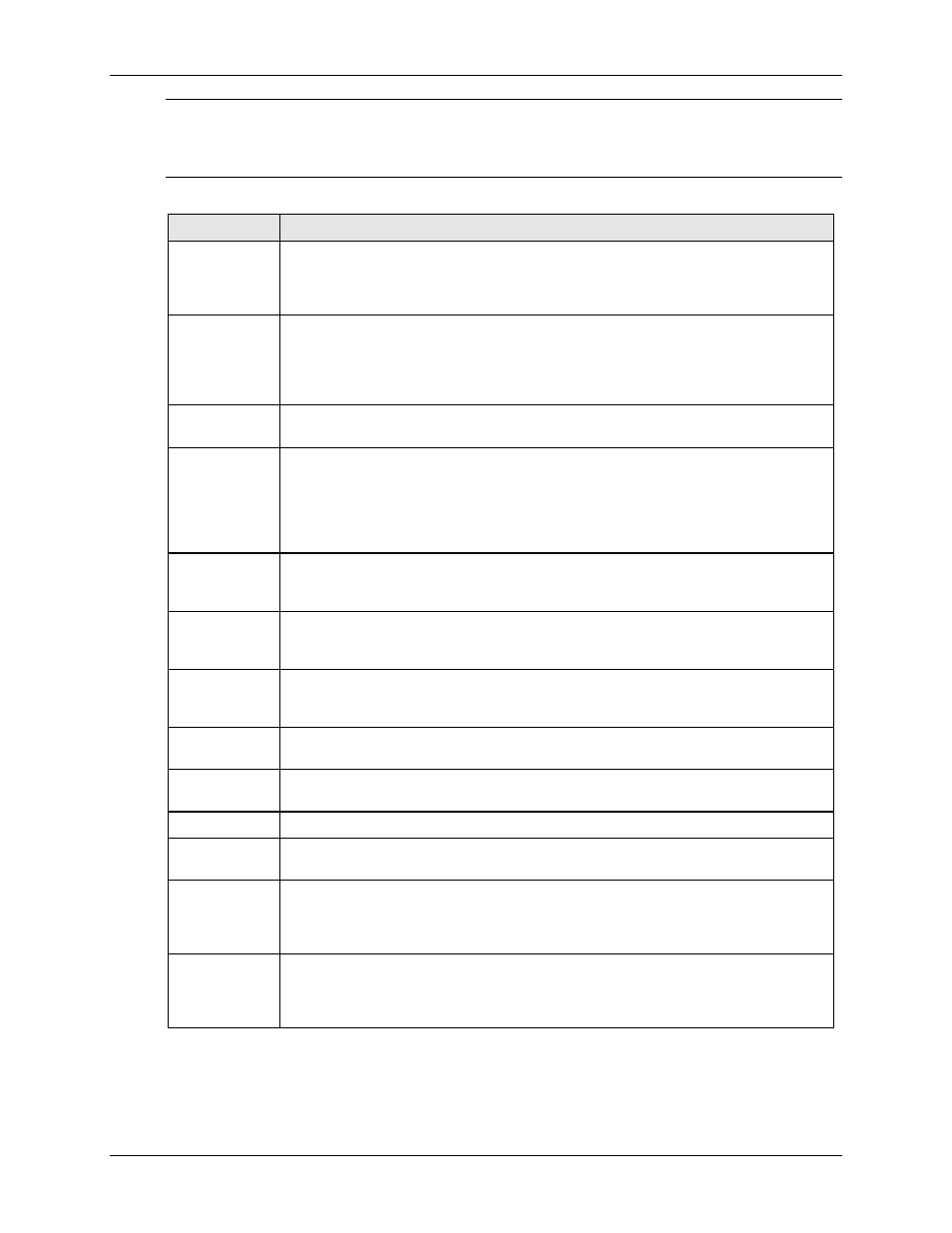AMETEK CTS 3.0 User Manual
Page 76

Compliance Test System 3.0
User Manual
72
Note: If both the CTS 3.0 program and the CIGui32 or CIGuiSII are configured to use the same
Com port or IEEE-488 bus controller to control the AC source, it is important that both
programs not be active at the same time. Having both programs open at the same time
could cause an interface conflict.
The following checklist shows all available setup options for a Harmonics test.
Field
Description / Purpose
Test Type
Select between Harmonics and Flicker test. If you select Harmonics test, you can
also enable or disable inter harmonics evaluation. With the pending new revision of
IEC 61000-4-7, current inter-harmonics have to be evaluation in addition to the
harmonics.
Frequency
Choose 50 Hz or 60 Hz. This choice will be used to program the AC source output
frequency. If no AC source is available or the AC source control option has not been
selected, the measured frequency is checked against the user setting and an error
message is generated if a discrepancy is detected. For IEC compliance testing, 50
Hz should be selected.
Test Class
Select the appropriate test class for the equipment under test. See paragraph 2.4.1
for test class selection.
Voltage
Select the correct line voltage. Default choices are 115 and 230 V RMS Line to
neutral. A user-defined value may be entered by selecting the "Other" option. This
setting is used to program the AC power source output voltage. If no AC source is
available or the AC source control setting in the advanced setup screen has not been
selected, the operator is responsible for ensuring the correct line voltage is applied to
the EUT.
Load
Selects single or three phase mode. On single-phase CTS systems, the three phase
selection is not available. For three-phase CTS systems, a wye connection to the
PACS-3 must be used.
Test Limit
The CTS 3.0 retains a database of harmonic current test limits. This setting selects
the limit set to use. Available options are European and Japanese. For normal IEC
testing, the European option should be selected.
IEC Standards
This option may be used to select the inclusion of Amendment 14 which includes the
evaluation of inter harmonics. Harmonics are always evaluated over 10 periods at 50
Hz and 12 periods at 60 Hz for a 200 msec at either line frequency.
EUT
This field may be used to enter information about the equipment under test. This field
is used to hold a default value.
Tested by
This field may be used to enter operator information. This field is used to hold a
default value.
Comment
Comment field for general use. This field is used to hold a default value.
Customer
If the test is performed on behalf of a third party, information about the entity for which
the test is performed may be entered here. This field is used to hold a default value.
Test Margin
Determines at what scale factor the harmonic test limits will be applied. For most
situations, this value should be set to 100 %. If testing is done for pre-compliance,
setting a lower margin will provide an extra margin of safety against system
tolerances of different test systems. This field is used to hold a default value.
Test Duration
Enter the total test time. For Steady State Harmonics, the default test time is 1.0
minute. For Transitory Harmonics, the default test time is 2.5 minutes. For flicker
tests, the default time is 10 minutes. Maximum test time is 1440 minutes or 24 hours.
This field is used to hold a default value.
Table 5-1 : IEC Harmonics Setup Parameters
